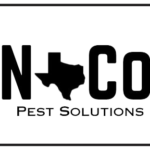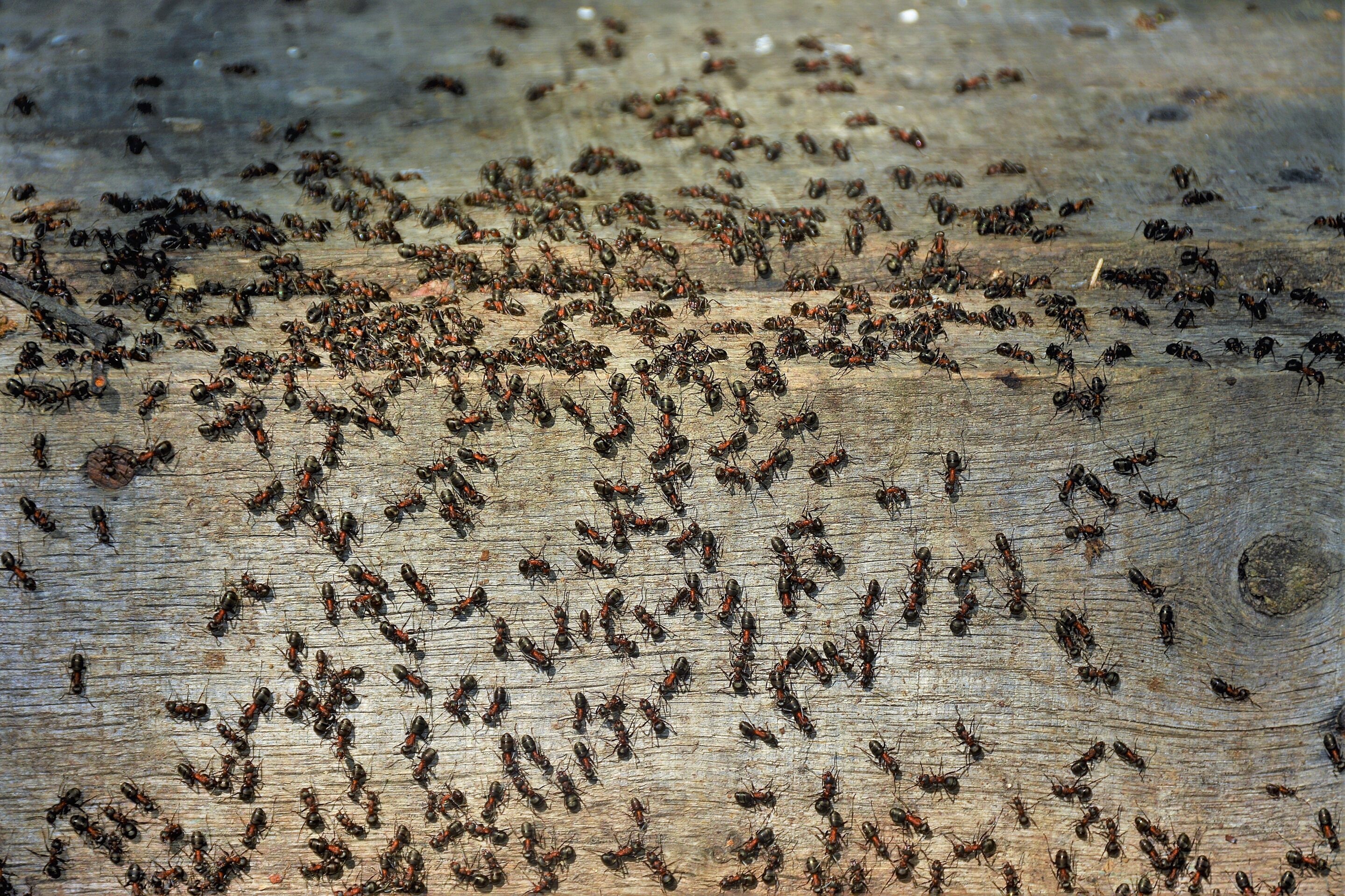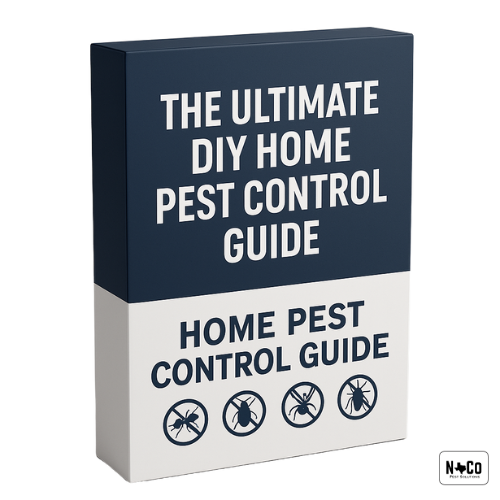A pest infestation occurs when unwanted organisms establish a presence in your home or property in numbers large enough to cause damage, pose health risks or create significant discomfort. Unlike seeing an occasional insect, which is normal in any home, an infestation involves a sustainable population that’s actively reproducing and potentially spreading throughout your property.
Key indicators of a pest infestation
Several factors help determine whether you’re dealing with an actual infestation rather than just a few random pests:
Repeated sightings: Seeing the same type of pest multiple times over a short period indicates an established population. For example, spotting several cockroaches during daylight hours is particularly concerning, as these nocturnal insects typically only venture out during the day when their population has grown too large for their hiding places.
Evidence of reproduction: Finding egg cases, nests or young pests confirms that the organisms are breeding on your property. Termites, for instance, leave behind discarded wings near windowsills after their reproductive swarmers establish new colonies.
Visible damage: Structural damage to wood (from termites), holes in clothing or furniture (from moths or beetles), or gnaw marks on wires and wood (from rodents) all suggest an active infestation that’s progressed beyond the initial stages.
Unusual sounds: Scratching, scurrying, or gnawing noises in walls, attics, or crawl spaces—especially at night—often indicate rodent infestations.
Distinctive odors: Many pest infestations produce characteristic smells. Rodents leave behind a musky odor, while large cockroach populations emit a distinctive oily smell.
Droppings: Finding pest droppings, particularly in food storage areas or along walls, is a clear sign of an infestation. The quantity and freshness of droppings can help determine the severity of the problem.
Threshold levels
What constitutes an infestation can vary based on the pest type and individual tolerance levels:
Zero-tolerance pests: For some pests, even a small number constitutes an infestation requiring immediate action. These include:
- Bed bugs
- German cockroaches
- Termites
- Rodents
Seasonal or occasional pests: For others, like ants or spiders, the threshold may be higher before professionals consider it an actual infestation requiring comprehensive treatment.
Industry definition
Professional pest control companies, including NOCO Pest Solutions serving the Houston and Dallas/Fort Worth areas, typically define an infestation based on:
- Population size relative to the property size
- Evidence of established breeding
- Visible damage to property or belongings
- Health risks posed to occupants
Why early identification matters
Identifying an infestation early is crucial. Minor problems can quickly grow into major infestations, especially in Texas’s warm climate, where pests like termites remain active year-round. As outlined, waiting or guessing can cost thousands in property damage.
A professional inspection provides the most accurate assessment if you suspect an infestation. NOCO Pest Solutions offers thorough inspections to determine whether you’re dealing with a few random pests or an infestation requiring comprehensive treatment.
Remember, each pest species has different reproduction rates and behaviors, so what constitutes an infestation varies by pest type. When in doubt, consulting with professionals ensures you address the problem appropriately before it escalates into more significant damage or health concerns.



